A rule that banned most uses of dichloromethane (DCM) in the US one year ago appears poised to continue under President Trump. Chemists at research labs across the country have been planning accordingly.
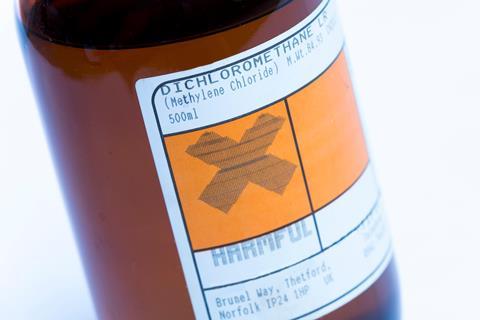
The ban was finalised by the US Environmental Protection Agency (EPA) during the previous Biden administration in May 2024. Consumer use of DCM was to be phased out within a year and most industrial and commercial uses would be prohibited within two years. The rule does allow certain applications of the chemical to continue with strict worker safety oversight, including its use as a chemical in the laboratory.
Commonly used as a paint stripper and degreaser, DCM has been linked to dozens of deaths in the US, as well as cancers and other serious health issues. It is used commercially in products like adhesives and sealants, and industrially to make other chemicals such as more environmentally-friendly refrigerants.
Is your lab aware of the upcoming dichloromethane (DCM) ban in the US and enacting any interventions, such as training, monitoring, or other actions?
— Chemistry World (@ChemistryWorld) May 21, 2025
In March, some in the research community were surprised when Trump’s EPA appeared to be defending the Biden DCM rule. The agency filed a brief earlier this year that echoed the Biden administration’s position that the regulation complied with relevant toxic substances law and reduced risks associated with DCM. ‘Substantial evidence demonstrates that methylene chloride poses unreasonable risks to human health that EPA appropriately and necessarily managed with the rule,’ the brief concluded.
The Trump administration doesn’t appear to be planning to step in and change the DCM rule, says Russ Phifer, former chair of the American Chemical Society division of chemical health and safety and executive director of the National Registry of Certified Chemists. ‘It wasn’t final until April, so they could have stepped in and either suspended the rule or extended the allowable use deadlines,’ he tells Chemistry World.
Nevertheless, Phifer says most universities and industrial research facilities in the US appear to be well aware of the regulation and are taking steps to comply with it. At research universities across the country, there have been hundreds of announcements related to compliance with the DCM regulation, and the seminars, webinars and workshops on the topic have been extremely well attended, he adds.
Substitutes available
There are thousands of research labs across the US routinely using DCM, according to Phifer. But he notes that there are several substitutes available, and labs will be allowed to continue to use the material for the foreseeable future if they adhere to the exposure limits.
The most noteworthy alternatives to DCM are a 3:1 ratio of ethyl acetate to ethanol, which appears to be the substitute most often recommended, as well as methyl tert-butyl ether, dimethyl carbonate, cyclopentyl methyl ether and 2-methyl tetrahydrofuran.
Compliance with the DCM rule was slated for May, but several lawsuits have been filed to block the regulation, and are ongoing. In addition, in March the EPA filed a so-called voluntary ‘remand’ to change aspects of the DCM rule to better align with the new administration’s priorities, according to Merlic. The agency was slated to propose a revised rule by June 2025, followed by a 60-day public comment period, and then finalise a revised rule by April 2026.
In the meantime, most US universities are planning to comply with the DCM regulation, whatever the outcome, according to Craig Merlic, an organic chemist and executive director of the University of California Center for Laboratory Safety at UCLA. Although the rule bans DCM from commercial products, it does still allow research use under strict controls. Researchers will need to be trained on aspects of the solvent’s use, which has led UCLA to develop an online training course, he says. University labs that continue to use DCM will have to also, for example, keep records on who will use it and their training.
At UCLA and elsewhere, Merlic says, undergraduate chemistry labs will end DCM use and many labs that use little DCM have eliminated the solvent entirely.
Monitoring must also be conducted to ensure that exposure to the solvent is below the limits set by the EPA, and Merlic says that UCLA has found that fume hoods are a good way to track exposure. Currently, he is working with environment, health and safety officials at UCLA to identify all the uses of DCM that could occur outside a hood. These might include rotary evaporators, high-performance liquid chromatography, as well as column and plate chromatography.
Merlic also suggests that waste practices at UCLA and other research institutions in the US will need to change to include, for example, separating DCM waste and modifying how waste collection teams handle DCM waste containers in the lab.


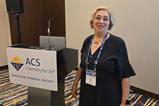

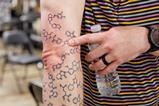

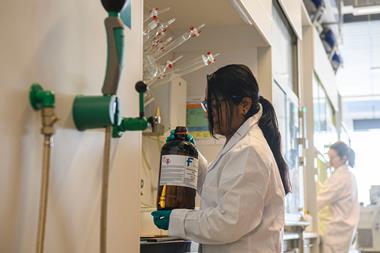
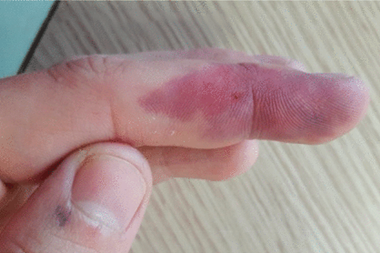


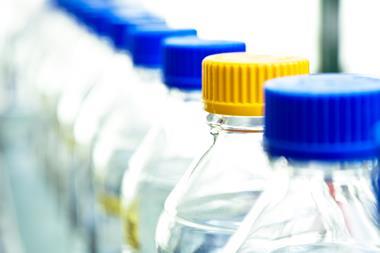




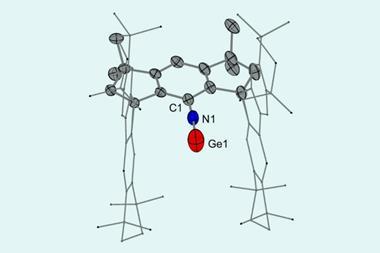
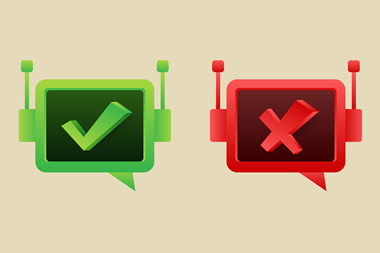
No comments yet